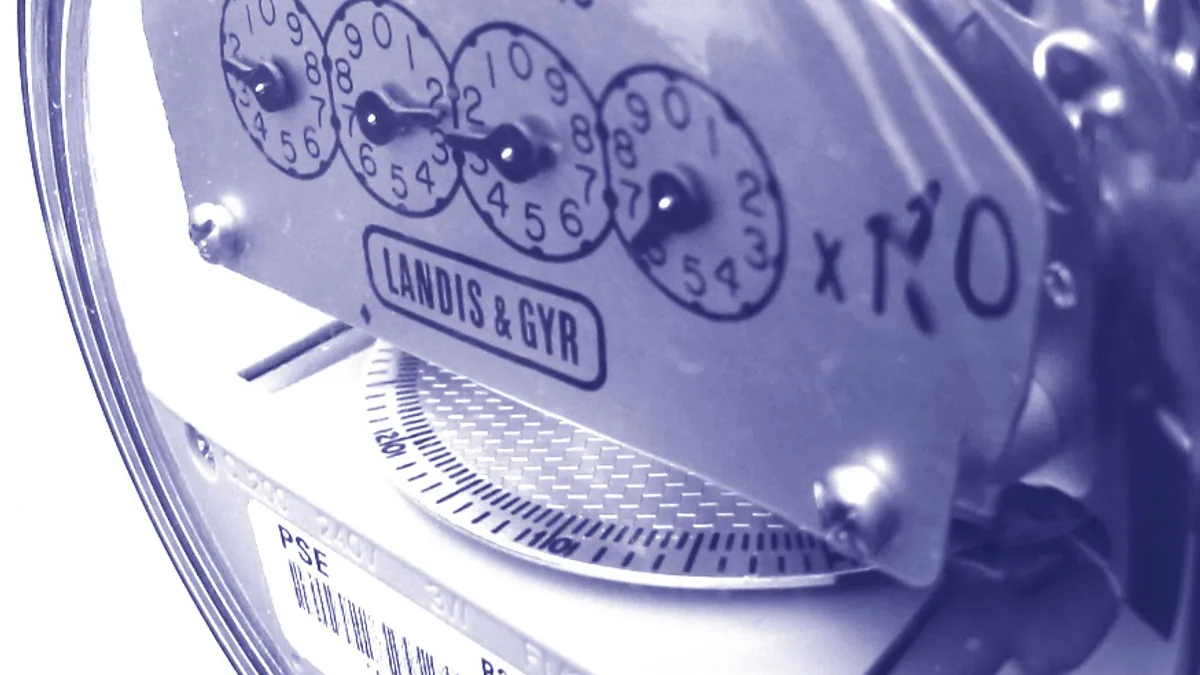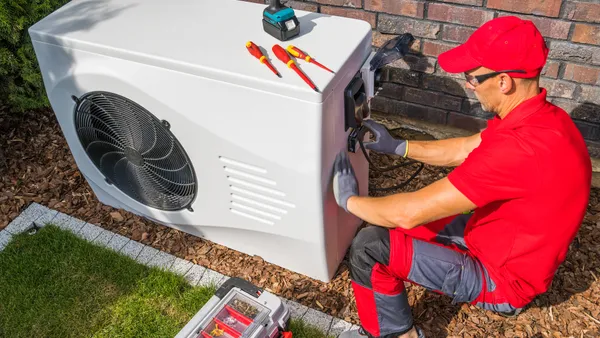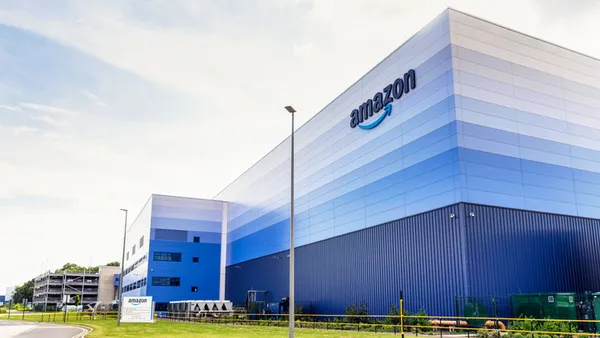Dive Brief:
- A new report from the American Council for an Energy-Efficient Economy (ACEEE) finds energy efficiency is currently the third largest electric power resource in the United States, and could grow to be the most significant by 2030.
- When it comes to the Clean Power Plan, ACEEE found most states could meet a quarter of their emissions reduction targets through efficiency policies and the resulting investments, while some could achieve 100%.
- According to ACEEE, a well-designed set of efficiency policies could help the United States avoid a total of 800 power plants by 2030, meaning 1 billion tons fewer annual carbon dioxide emissions by 2030.
Dive Insight:
ACEEE recently launched an investigation into the size of the energy efficiency resource, concluding that efforts since 1990 have resulted in a "remarkable accomplishment in the US electric power sector."
According to the efficiency champion, not only is efficiency the nation's third largest resource, but it has averted the need to build the equivalent of 313 power plants since 1990. Efficiency is a greater contributor to the U.S. energy mix than nuclear power, according to ACEEE.
"We also estimate that efficiency reduced annual carbon dioxide emissions, a major contributor to climate change, by 490 million tons in 2015," the group said in a blog post. "We can see further evidence of efficiency’s impact in the fact that electricity consumption has flattened in recent years even as the economy has grown. What’s more, energy efficiency has saved consumers $90 billion annually on electric bills."
For individual households in the United States, that means average savings of $840 per year.
ACEEE concluded that from 1980 to 2014, the United States Gross Domestic Product increased by 149%, while
energy use in the United States increased by just 26%.
"While the improvement in energy used per unit of GDP was partly due to structural changes in the economy, such as a shift away from some energy-intensive sectors like heavy manufacturing to service industries, energy efficiency was an important contributor to this trend," ACEEE's report found.
And while the economy has grown, electricity demand has flattened. "A large part is due to energy efficiency policies and programs that have helped lead to more energy-efficient products and services," the report found, "Stronger energy efficiency policies and programs have become even more widespread in the last decade."














